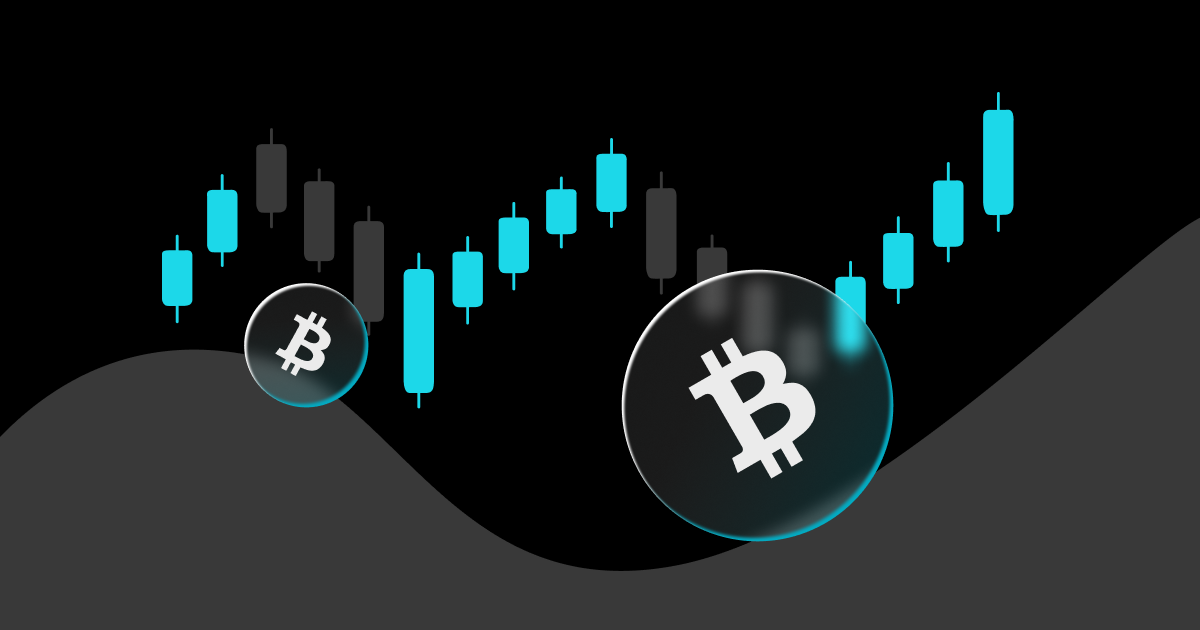How to Spot Trade on Bitget (Africa Guide): Buy & Sell Crypto the Simple Way


Why Spot Trading?
Spot trading is the most straightforward way to buy and sell crypto—you exchange one asset for another at the current market price (e.g., swap USDT for BTC). There’s no leverage and you own the asset after purchase, making it ideal for beginners and long-term holders across Nigeria, Kenya, South Africa, Ethiopia and other African countries.
Prerequisites: verify Your Account (KYC)
Complete KYC so you can deposit and trade without limits. Use country-specific guides:
Nigeria: Verify Bitget account in Nigeria
Kenya: Verify Bitget account in Kenya
South Africa: Verify Bitget account in South Africa
Ethiopia: Verify Bitget account in Ethiopia
In case your country is not indicated above, please use the Kenya guide which best reflects the situation in most countries
Fund Your Account (USDT / Local Currencies via P2P)
Most African traders start with USDT via P2P, then trade into BTC/ETH/altcoins.
Nigeria: (This guide is similar in all Africa countries) • Buy: Buy USDT with NGN via Bitget P2P • Sell: Sell USDT to NGN via Bitget P2P
| Tip (Nigeria): Fund in NGN via trusted channels (bank transfer, USSD, Opay, PalmPay, Moniepoint, etc.) on P2P, receive USDT in your Funding wallet, then transfer to Spot wallet before trading. Tip (Kenya/South Africa/Ethiopia): Use local P2P rails and bank transfers where available; convert to USDT, then move to your Spot wallet. |
Step-by-Step: How to Spot Trade on Bitget
A) On Web (bitget.com)
1. Log in to your account.
2. Go to Trade → Spot.
|
|
3. Search a pair (e.g., BTC/USDT, ETH/USDT).
|
|
|
4. Choose Order Type:
Market: executes immediately at current price.
Limit: set your price; order fills when market reaches it.
Trigger/Conditional (if available): place an order only when a condition is met.
|
|
5. Enter Amount and click Buy or Sell.
|
|
6. Track Open Orders, Order History, and balances in your Spot wallet.
|
|
B) On Mobile App
1. Open Bitget app → click Trade → then click Spot.
|
|
|
2. Select your Trading Pair (e.g., BTC/USDT).
|
|
|
3. Pick Market, Limit, or Trigger.
4. Enter Amount → Tap Buy or Sell.
|
|
|
5. Review orders under Orders (open/filled/canceled).
|
|
Africa-Focused Best Practices for Beginners
- Start with liquid pairs (BTC/USDT, ETH/USDT) for tighter spreads and faster fills.
- Use Limit orders in volatile hours to avoid slippage.
- Portfolio basics: diversify across majors (BTC, ETH) and only allocate a smaller portion to altcoins.
- Track your results: review PnL regularly; scale positions gradually.
- Secure your account: 2FA, withdrawal whitelist, strong passwords.
- Plan your rails: know how you’ll on-ramp (P2P) and off-ramp (P2P sell) before trading:
Buy USDT NGN (P2P): Guide
Sell USDT NGN (P2P): Guide
Beyond Spot: Explore RWA (US Stocks & ETFs) and More
Once you’re comfortable with spot:
Learn how Kenyans, Nigerians, and South Africans are getting exposure to US stocks & ETFs via tokenized RWA markets on Bitget. → Read: Trade RWA Futures on Bitget
Troubleshooting & Quick Answers (FAQ)
Q1: What’s the minimum to spot trade? A: Minimums vary by pair; small trades are supported—start with a test amount.
Q2: Why didn’t my order fill? A: For Limit orders, your price may not have been reached. Check Open Orders or adjust price/amount.
Q3: Market vs Limit—when to use which? A: Market for speed; Limit for price control. In thin markets or high volatility, prefer Limit.
Q4: How do I convert NGN to USDT and back? A: Use Bitget P2P:
Buy USDT with NGN: Step-by-step
Sell USDT to NGN: Step-by-step
Q5: Is spot trading leveraged? A: No. Spot = no leverage. For leverage, explore Futures separately.
Q6: Do I need KYC to deposit and trade? A: Yes—complete KYC per your country for higher limits and smooth on/off-ramps: Nigeria | Kenya | South Africa | Ethiopia (see guides above).
- Crypto trendsBitget Stock Futures vs US Stock Trading in PolandPolish investors who want exposure to US markets usually choose between two paths. They can buy shares through local or European brokers on the Warsaw Stock Exchange (GPW) and foreign exchanges, or they can trade USDT based stock futures on Bitget. This article explains what each option means in practice so readers can decide which route fits their own goals. How Polish users usually trade US stocks Most Polish investors start with domestic or European brokers. These platforms route orders
2025-12-03
- Crypto trendsBitget Stock Futures vs US Stock Trading in ItalyItalian investors who want exposure to US markets usually choose between two paths. They can buy shares through local brokers on Euronext Milan or foreign exchanges, or they can trade USDT based stock futures on Bitget. This article explains what each option means in practice so readers can decide which route fits their own goals. How Italian users usually trade US stocks Most Italian investors start with domestic or European brokers. These platforms route orders to Euronext Milan or direct
2025-12-03
- Crypto trendsBitget Stock Futures vs US Stock Trading in FranceFrench investors who want exposure to US markets usually choose between two paths. They can buy shares through local brokers on Euronext Paris or US exchanges, or they can trade USDT based stock futures on Bitget. This article explains what each option means in practice so readers can decide which route fits their goals. How French users usually trade US stocks Most French investors trade through domestic or EU brokers. These platforms route orders to Euronext Paris or directly to US market
2025-12-03













